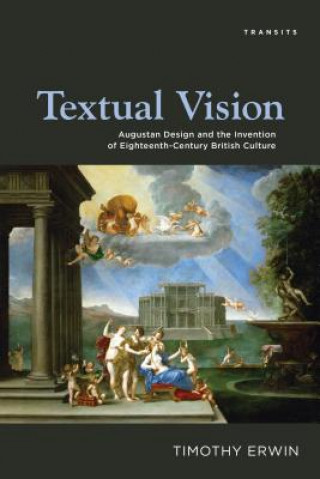
Kód: 09093501
Textual Vision
Autor Timothy Erwin
Textual Vision is about the way eighteenth-century British literature either invites us to create mental pictures or else closes off the visual field. Classical rhetoric had long offered two basic ways of picturing texts, one like ... celý popis
- Jazyk:
 Angličtina
Angličtina - Väzba: Pevná
- Počet strán: 310
Nakladateľ: Bucknell University Press, 2015
- Viac informácií o knihe

174.12 €

Skladom u dodávateľa v malom množstve
Odosielame za 10 - 14 dní
Potrebujete viac kusov?Ak máte záujem o viac kusov, preverte, prosím, najprv dostupnosť titulu na našej zákazníckej podpore.
Pridať medzi želanie
Mohlo by sa vám tiež páčiť
-

Introducing Competition into the Piped Water Market
69.96 € -

Comparative Tobacco Control Policy in the United States and South Africa
98.21 € -
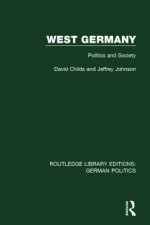
West Germany (RLE: German Politics)
217.50 € -

Diverse Contemporary Issues Facing Business Management Education
250.26 € -

BEFORE & AFTER - Auto Restoration - Done RIGHT!
29.62 € -
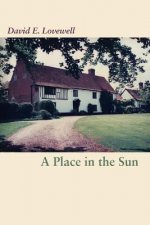
Place in the Sun
14.25 € -
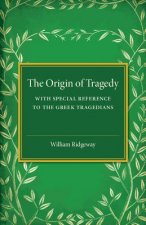
Origin of Tragedy
45.09 € -

Agatha Raisin and the Curious Curate
11.01 € -23 % -

Digest of Tariff Hearings Before the Committee on Finance, United States Senate
49.13 € -

Holy Bible. Bible kralická: English - Czech parallel text
23.55 € -24 % -

Tekhnologiya Proizvodstva Syra
74.82 € -

Metodologia para estimar tangiveis e intangiveis nos projetos de TI
52.77 € -

1227 Verschollen im Mittelalter
11.62 € -
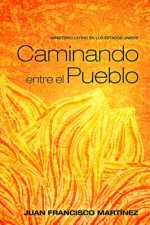
Caminando Entre El Pueblo
40.64 €
Darujte túto knihu ešte dnes
- Objednajte knihu a vyberte Zaslať ako darček.
- Obratom obdržíte darovací poukaz na knihu, ktorý môžete ihneď odovzdať obdarovanému.
- Knihu zašleme na adresu obdarovaného, o nič sa nestaráte.
Viac informácií o knihe Textual Vision
Nákupom získate 436 bodov
 Anotácia knihy
Anotácia knihy
Textual Vision is about the way eighteenth-century British literature either invites us to create mental pictures or else closes off the visual field. Classical rhetoric had long offered two basic ways of picturing texts, one likening plot to perspective and the other language to coloring. Each analogy derives from the triad of invention, design, and coloring, as if creating a painting or creating a poem involved the sequential stages of canvassing precedent, arranging the matter, and adding elocutionary or colorful elements. We may call the formal analogy the discourse of design and the linguistic analogy the discourse of the image. The discourse of design likens narrative emplotment to the perspective and arrangement of history painting. Its matrix is later seventeenth-century court culture and the academic theory of painting, and its prime literary practitioners in England are John Dryden, Alexander Pope, Henry Fielding, and their imitators. The linguistic analogy, on the other hand, compares vividness in language to the coloring of painting. A progressive aesthetic, it gathers momentum from the cultural revolution brought about by the Hanoverian succession and Lockean empiricism. It tends toward an individualism harking back to John Milton and the Puritan Interregnum. Its prime spokesperson is Joseph Addison, and its ultimate expression is the later verbal sublime of Edmund Burke, with its attenuation of the visual field and classical beauty alike. Meanwhile, one finds the discourse of the image prominent in William Hogarth, Samuel Richardson, and a host of mid-century poets. Much as in the ancients vs. moderns controversy, the two discourses stand in contrast to one another, and so five chapters pair off as many major figures in contextual opposition. Art historians are generally familiar with the discourse of design, but literary scholarship is not, typically, in part because aesthetics, with which literary scholars are more familiar, is often understood in purely perceptual terms. A chief aim of this study is to place these two ways of talking about the visual culture in productive dialogue.
 Parametre knihy
Parametre knihy
Zaradenie knihy Knihy po anglicky Literature & literary studies Literature: history & criticism Literary studies: general
174.12 €
- Celý názov: Textual Vision
- Podnázov: Augustan Design and the Invention of Eighteenth-Century British Culture
- Autor: Timothy Erwin
- Jazyk:
 Angličtina
Angličtina - Väzba: Pevná
- Počet strán: 310
- EAN: 9781611485691
- ISBN: 161148569X
- ID: 09093501
- Nakladateľ: Bucknell University Press
- Hmotnosť: 520 g
- Rozmery: 242 × 161 × 32 mm
- Dátum vydania: 04. March 2015
Obľúbené z iného súdka
-

How to Read a Book
14.15 € -10 % -
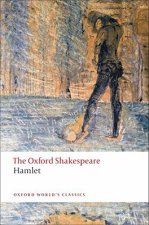
Hamlet: The Oxford Shakespeare
9.49 € -20 % -
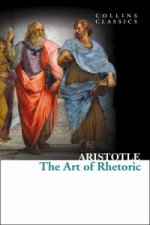
Art of Rhetoric
3.23 € -12 % -
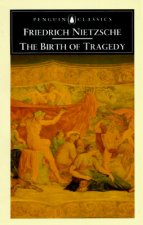
Birth of Tragedy
10 € -23 % -
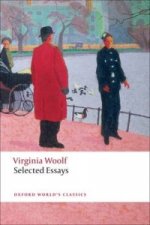
Selected Essays
11.01 € -23 % -
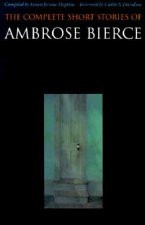
Complete Short Stories of Ambrose Bierce
21.93 € -15 % -

Serpent Power
21.93 € -15 % -
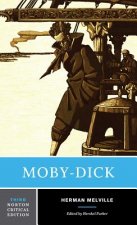
Moby-Dick
18.60 € -
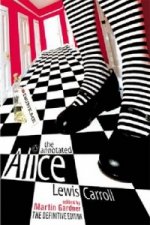
Annotated Alice
11.52 € -19 % -
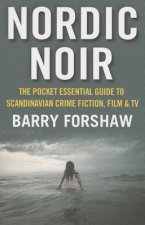
Nordic Noir
16.37 € -23 % -
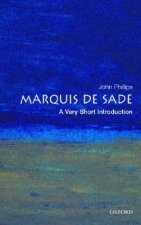
Marquis de Sade: A Very Short Introduction
11.62 € -14 % -
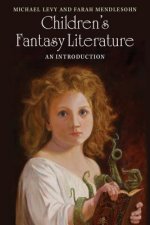
Children's Fantasy Literature
26.79 € -17 % -
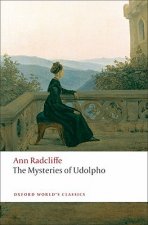
Mysteries of Udolpho
10.71 € -20 % -
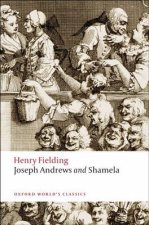
Joseph Andrews and Shamela
9.49 € -14 % -

Mabinogion
11.01 € -23 % -
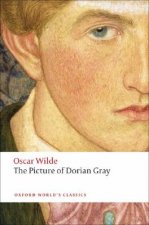
The Picture of Dorian Gray
6.76 € -23 % -
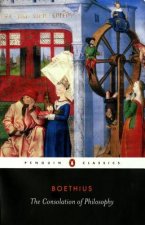
Consolation of Philosophy
11.01 € -23 % -
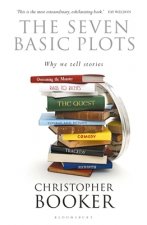
Seven Basic Plots
20.42 € -20 % -
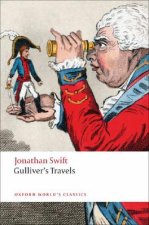
Gulliver's Travels
6.76 € -23 % -
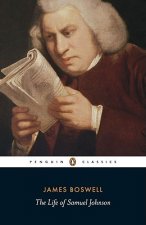
Life of Samuel Johnson
25.27 € -

Powers of Horror
51.46 € -
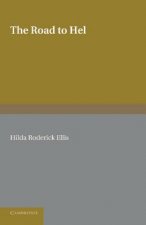
Road to Hel
57.12 € -
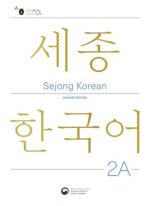
Sejong Korean Student Book 2A - English Edition, m. 1 Audio
29.31 € -
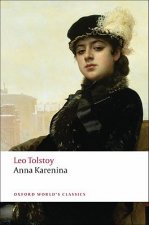
Anna Karenina
9.60 € -13 % -
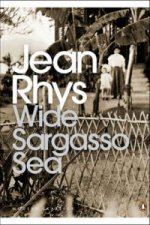
Wide Sargasso Sea
9.29 € -11 % -
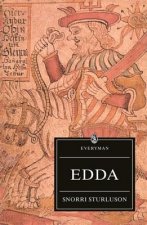
Edda
10.41 € -20 % -
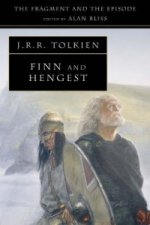
Finn and Hengest
10 € -23 % -
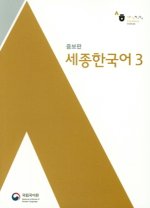
Sejong Korean 3, m. 1 Audio
27.19 € -
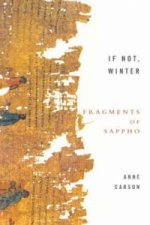
If Not, Winter: Fragments Of Sappho
18.49 € -23 % -
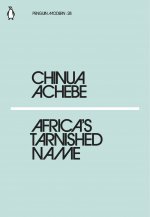
Africa's Tarnished Name
3.53 € -24 % -
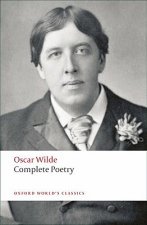
Complete Poetry
7.88 € -22 % -
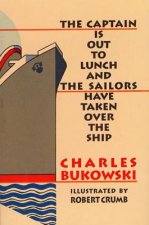
Captain is Out to Lunch
16.07 € -
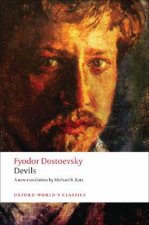
Devils
11.11 € -15 % -
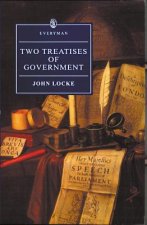
Two Treatises of Government
11.11 € -
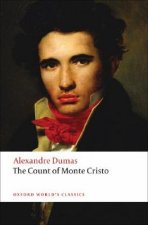
Count of Monte Cristo
11.01 € -23 % -

Sejong Korean 2 (Korean+English Version), m. 1 Audio
27.19 € -
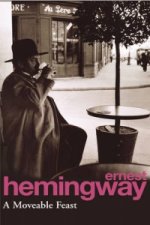
Moveable Feast
11.32 € -4 % -
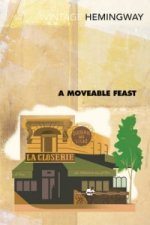
Moveable Feast
10.71 € -16 % -
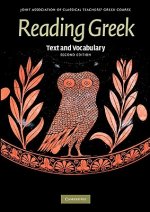
Reading Greek
40.34 € -
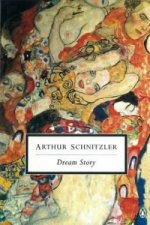
Dream Story
11.01 € -23 % -

Reading Greek
40.74 € -

Analysis of Donna Haraway's A Cyborg Manifesto
10.10 € -
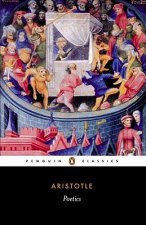
Poetics
12.02 € -16 % -
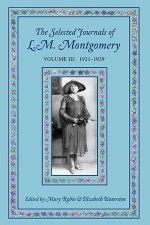
Selected Journals of Lm Montgomery Volume III 1921-1929
20.62 € -9 % -
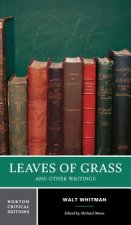
Leaves of Grass
18.29 € -
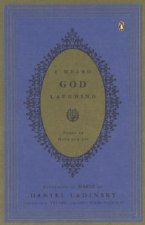
I Heard God Laughing
16.37 € -22 % -
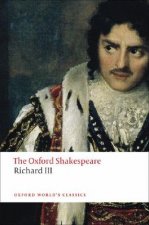
Tragedy of King Richard III: The Oxford Shakespeare
8.89 € -23 % -
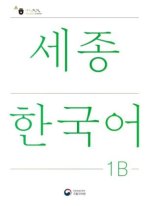
Sejong Korean Student Book 1B - Korean Version, m. 1 Audio
29.31 € -

Wild Ass's Skin
13.34 € -16 %
Osobný odber Bratislava a 2642 dalších
Copyright ©2008-24 najlacnejsie-knihy.sk Všetky práva vyhradenéSúkromieCookies


 21 miliónov titulov
21 miliónov titulov Vrátenie do mesiaca
Vrátenie do mesiaca 02/210 210 99 (8-15.30h)
02/210 210 99 (8-15.30h)